During the latter part of 2020 we brought you the exciting news of the GMA T.50 Supercar. You can find our original story at this link. The T50 is the latest creation from famed automotive designer Gordon Murray. This week Murray pulled the wraps off a more extreme, track-biased version of his new charge called the GMA T.50S Niki Lauda. Just 25 cars will be built as an extension to the 100 units of the T.50 production run. If you must know, it costs a whopping R64m (at today’s exchange rate, and without any import duties or taxes).
Follow Double Apex on Instagram and Facebook where we share more car content.
Professor Gordon Murray CBE: “The T.50 is the ultimate road-going supercar, but I always dreamed of taking it one step further… to build a version that will deliver an on-track driving experience like no other car in history. I can just imagine going round your favourite circuit, sitting in the middle with that unsilenced V12 screaming just behind you – the driving experience will be something special. With a power-to-weight ratio better than that of a naturally aspirated LMP1 car, it is also going to be searingly quick and, with such a low weight, will change direction like an F1 car.”
Order from our online store and take advantage of free delivery in South Africa on orders over R349.
Retro goodness
The man who was responsible for the legendary McLaren F1 aimed to create a modern-day version of the older supercar. In keeping with that spirit, the ex-South African also wanted to develop a version of the T.50 for maximum cornering and racetrack abilities. The GMA T.50S Niki Lauda is that car. The car’s title includes the name of the late triple Formula One world champion and it was unveiled on his birthday.
Lightweight and more power
The GMA T.50S Niki Lauda has been put on a strict diet to be even lighter than the 986 kg T.50. The two cars don’t share a single body panel, though they do share their appearance. 18-inch, centre-lock alloys are just 6 kg each. GMA has even reduced the mass of the engine by 16 kg. Overall the new car tips the scales at 852 kg, or about half the mass of a mid-size SUV.
Speaking of the engine… the 3,9-litre naturally aspirated V12 motor has been retained. However, power has been lifted to 523 kW at a dizzying 11 500 r/min. An even higher 541 kW is on tap at speed thanks to the roof-mounted ram-air system. Peak torque of the hotter motor is 485 N.m. For comparison the ‘standard’ T.50 produces 488 kW/467 N.m.
A bespoke Xtrac IGS (Instantaneous Gearshift) six-speed paddle shift transmission replaces the six-speed manual of the T50. Both the gearbox and the clutch are electronically actuated. Drive is sent exclusively to the rear axle. Two gears sets are available, the one delivers a top speed in the 322-338 km/h range. The closer ratios, ideal for shorter circuits, allow for a top speed of 274 km/h.
More grip
The GMA T.50S Niki Lauda has advanced aerodynamics, aided by a 400 mm rear-mounted fan to harness the added power. The new aero package includes a prominent front splitter, dive planes, a fixed rear wing with a central fin bearing the car’s name and a massive diffuser. The sum total of these new parts help produce up to 1500 kg of downforce. 18-inch alloys are wrapped in Michelin slicks that measure 250 mm at the front and 300 mm at the rear.
Professor Gordon Murray CBE: “The styling of the T.50S is completely aero driven, but still attractive. There’s not one body panel carried over from the T.50, but the road car has such a strong and classic shape that it still manages to shine through.”
“When we created the McLaren F1 GTR it was developed from the F1 road car. From its inception the T.50s Niki Lauda, though, was designed in parallel with the T.50. For the T.50 our target was clear, to make the best driver’s car for the road. With the T.50s Niki Lauda it was equally clear, to make it the best driver’s car for the track. Putting it another way, we asked ourselves what would be the coolest thing to drive on track and create a track driving experience like no other car in history? We had no interest in achieving the ultimate lap time or creating an over-tyred and over-downforced spaceship at the expense of driver involvement, because ultimately you have to possess an F1 driver level of skill and fitness to get the best out of them.”

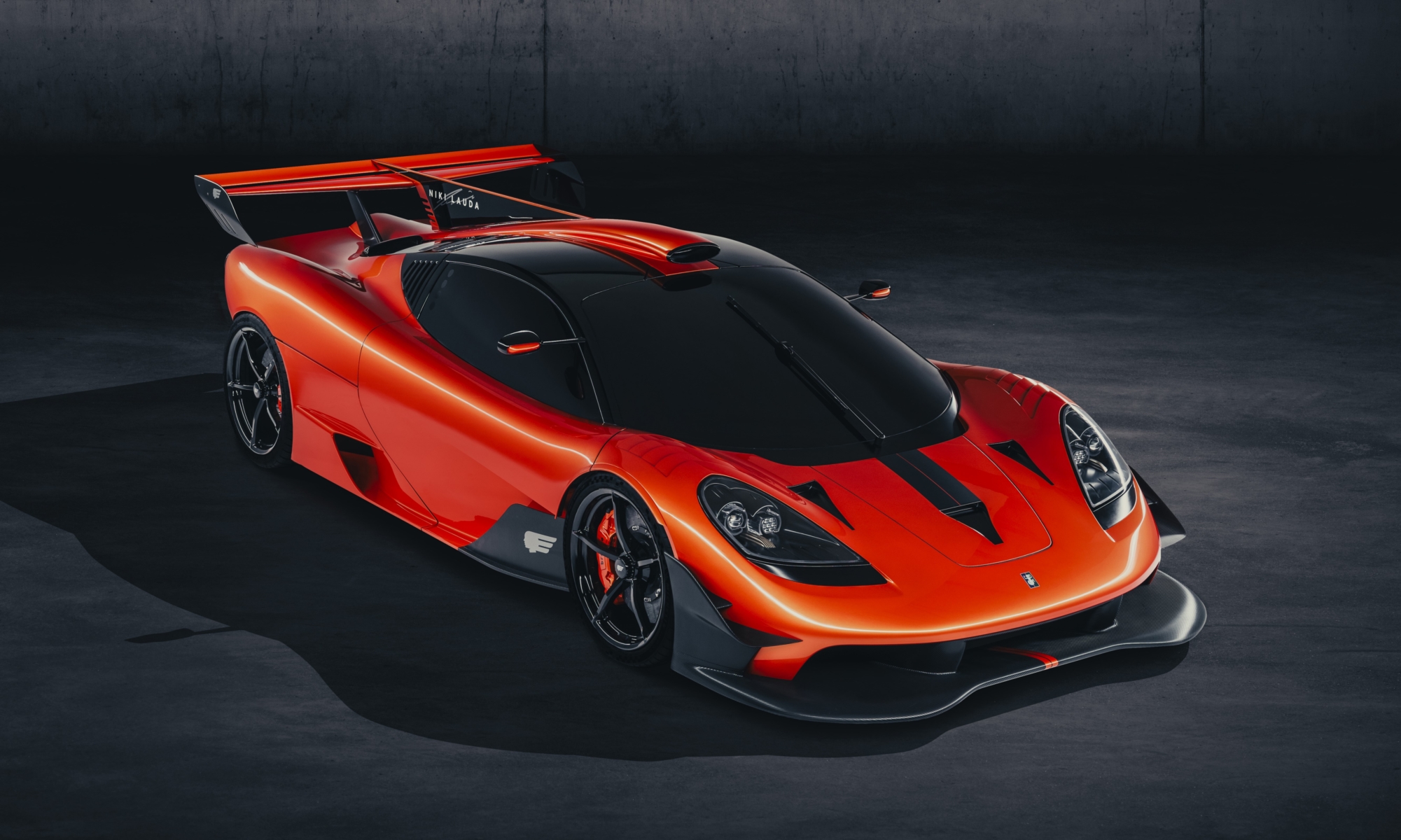

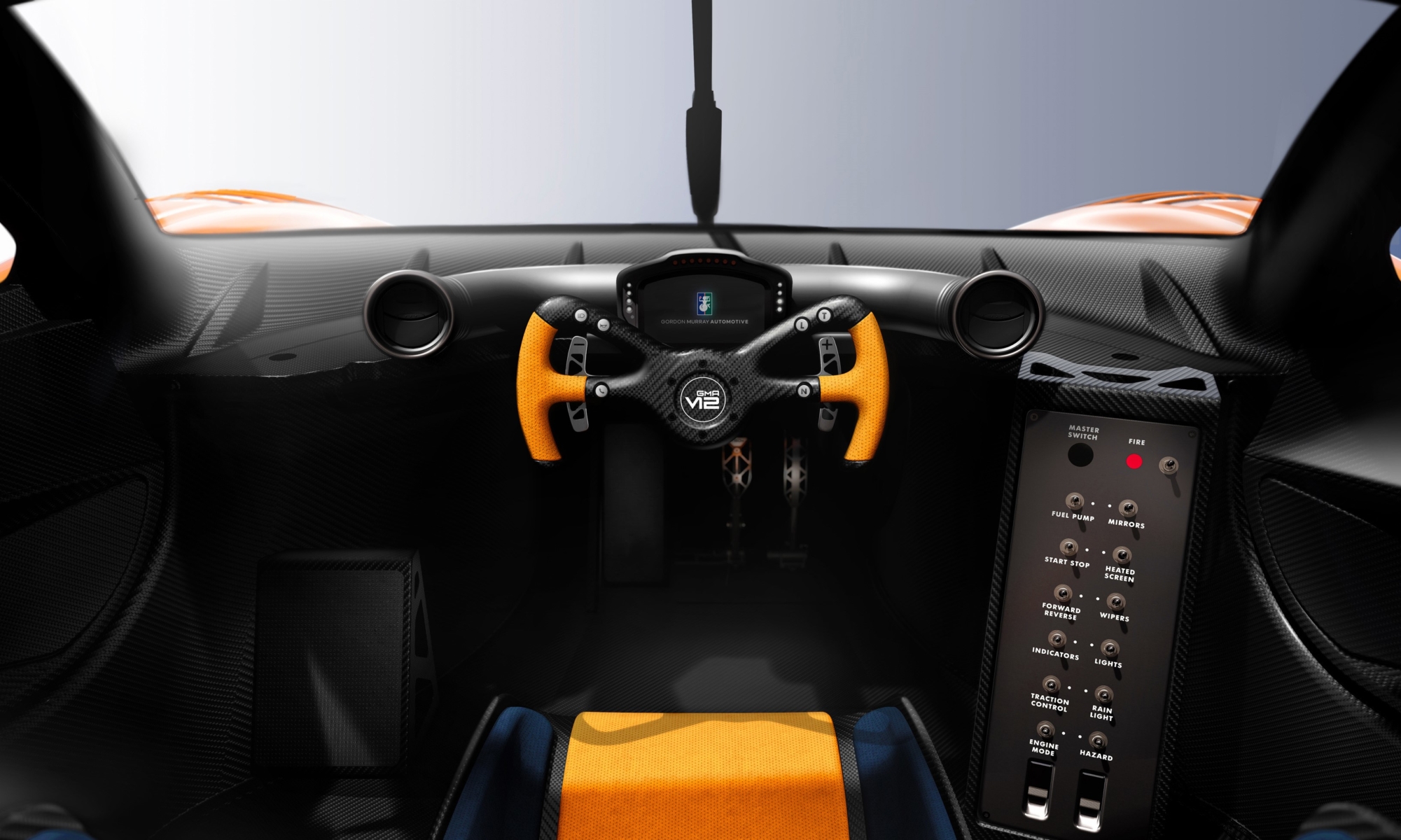
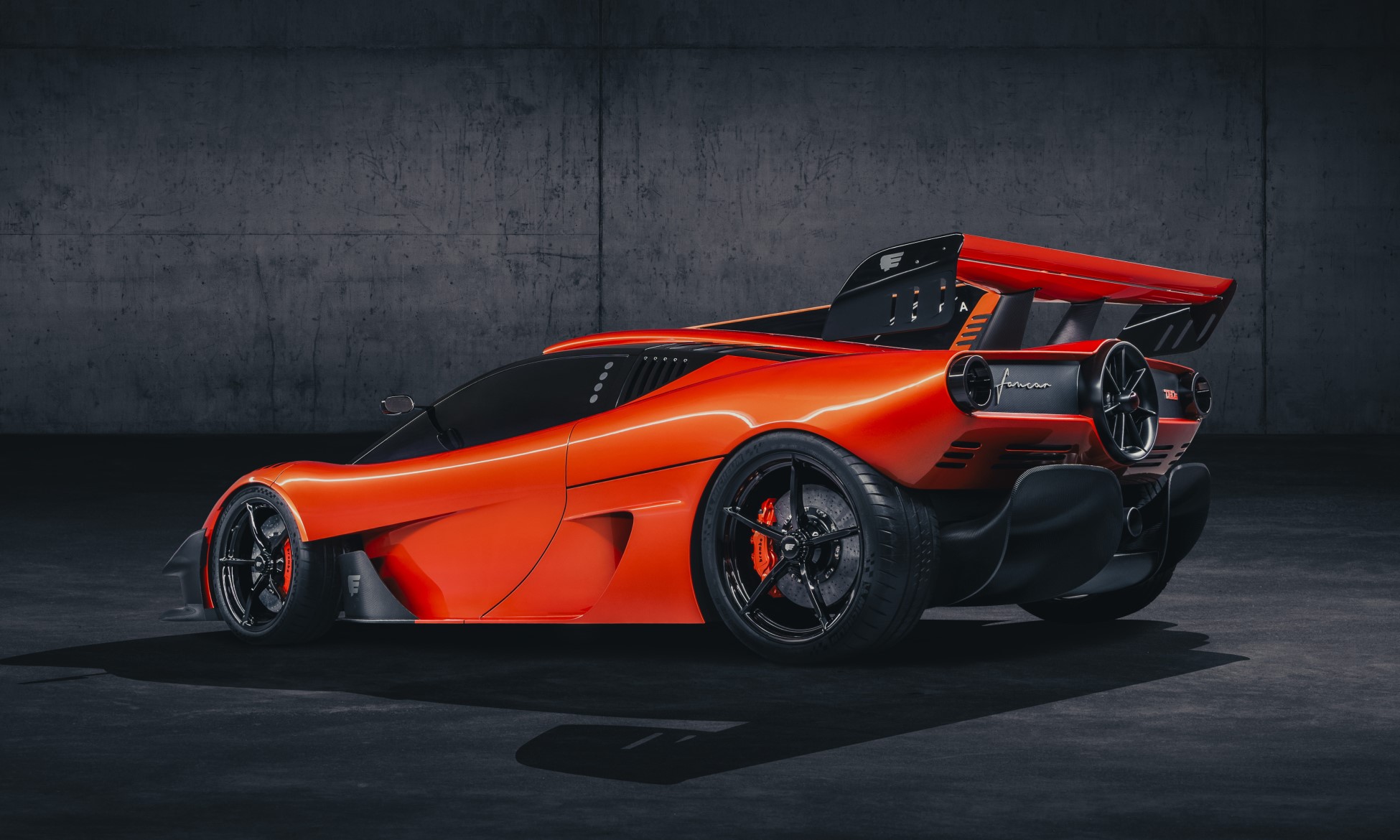

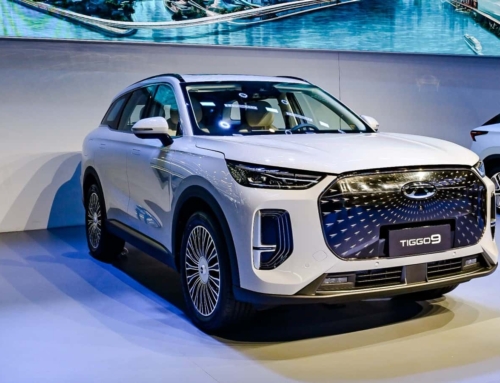
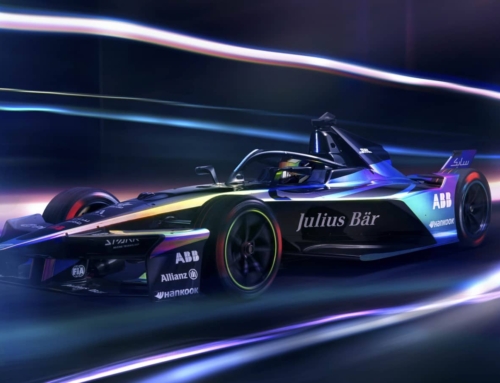

Leave A Comment